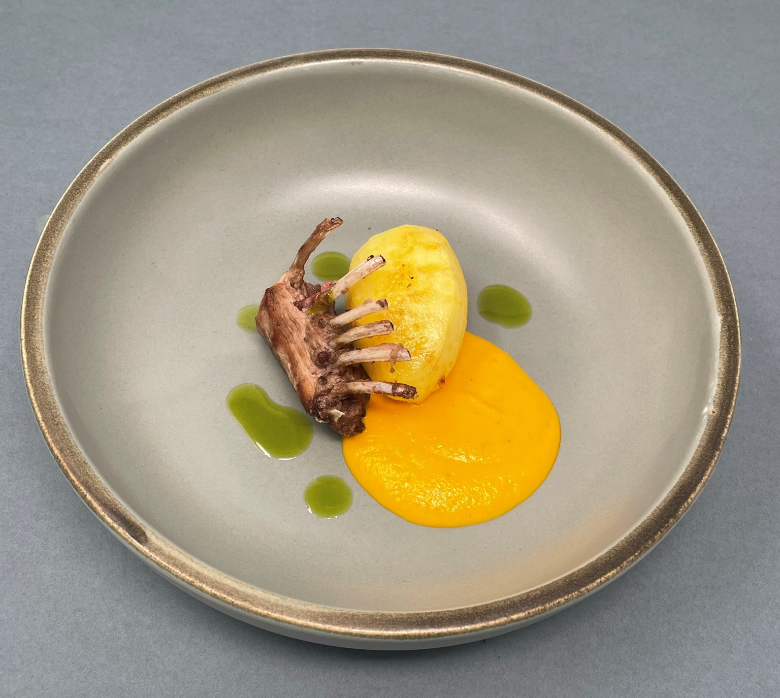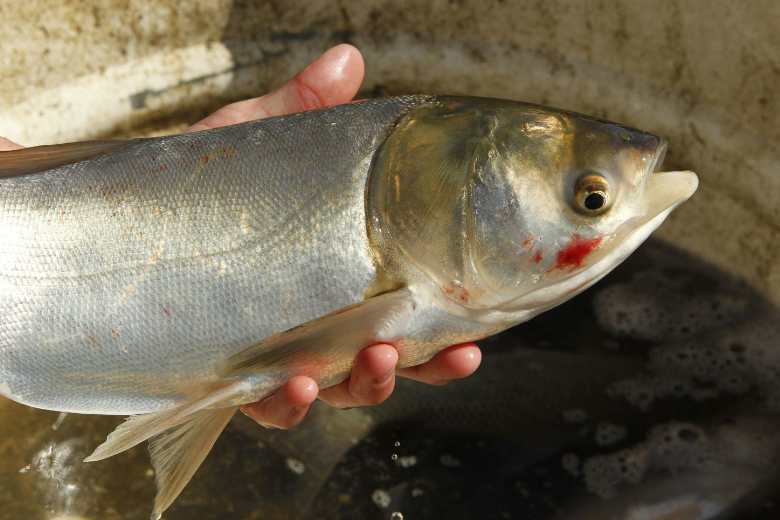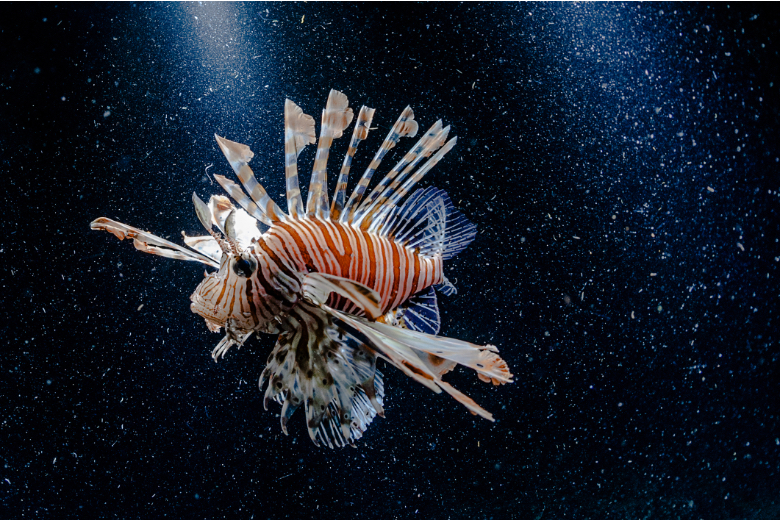The human species has many talents, one of which is to wipe out other species. So you might think that tackling the problem of invasive species would be a piece of cake. Unfortunately, invasive plants and animals are not easy to kill or control, which is why they become invasive. But all is not lost. Around the world, people are finding creative ways to exploit some invasive species, reducing their numbers and creating a rare win-win situation for the environment and for our species.
FROM PROBLEM TO PLATE
You have undoubtedly heard of vegetarianism and veganism, but invasivorism? The idea is to turn our voracious appetites against invasive species by eating them into submission. Spearheading the trend are ethically minded chefs in search of new ingredients. The invasive grey squirrel is now a trendy dining option in Scotland, while invasive green crab dishes are increasingly appearing on menus across New England, and a distillery in New Hampshire is even harvesting the unwelcome crustacean to make a crab-flavoured whiskey. A restaurant in Austin, Texas, serves up feral hog and nilgai antelope, two non-native species overrunning Texas, while efforts are underway in Bermuda, Florida and Turkey to encourage people to consume more lionfish, a funny-looking but tasty invader. Spanish chef David Muñoz has declared his love for the invasive blue crab, serving it with kimchi in one of his culinary creations. Some restaurants, such as Miya’s Sushi in New Haven, Connecticut, offer an entire menu of invasive species. The state of Maryland has put the invasive blue catfish on menus at state institutions, including schools, hospitals and prisons.

For would-be invasivores, the website Eat the Invaders, whose moto is “fighting invasive species, one bite at a time”, offers recipes for turning invasive species into gourmet meals.
But while it may be possible to persuade adventurous gourmets to nibble on roast squirrel in a fancy restaurant, changing the culinary tastes of millions, which is necessary for invasivorism to work, is no easy task. For example, the invasive Asian carp threatens aquatic life throughout the Mississippi basin, but despite being a nutritious fish enjoyed in China for over 1000 years, most Americans shy away from eating them because of their many bones; fishermen are paid a bounty to catch them and they are mostly ground up for dog food. In an attempt to rebrand the Asian carp and make it sound more appetising to the American palate, the Illinois Department of Natural Resources now calls the fish “copi”, a play on the word copious, which this fast-breeding invader certainly is.

Perhaps the nutria needs a rebrand too. The Louisiana Department of Wildlife and Fisheries has spent decades trying to convince Louisianans that this destructive, beaver-sized, semi-aquatic rodent with long orange teeth, also known as a swamp rat, is delicious to eat. Here are some of their suggested recipes, including nutria chili. But despite being a high-protein, low-fat meat said to taste like rabbit or turkey thigh, people seem reluctant to eat creatures they mostly associate with roadkill, especially when they look like giant rats.
FROM MENACE TO RESOURCE
Water hyacinth is considered one of the world’s most invasive plants. It reproduces rapidly, damaging ecosystems, clogging waterways, suffocating lakes, blocking navigation and affecting people’s ability to access and use water resources. But human ingenuity, particularly in Africa and India, is turning this former menace into a useful resource. Water hyacinth is now used to make textiles, handicrafts, paper, furniture, animal feed, compost, IKEA placemats and to camouflage fish traps. Research is also underway to use hyacinth as an absorbent for heavy metals and oil, and to treat wastewater. Scientists in Nigeria, Kenya and India have developed biogas digesters, machines that convert a mixture of water hyacinth and cow dung into biogas/fuel for cooking, providing an effective and healthier alternative to firewood, charcoal and kerosene in rural communities.

Luxury products can also be derived from invasive species. INVERSA Leathers, a Florida-based startup, produces high-end leather from invasive lionfish, dragonfin (a relative of the copi) and Burmese python. In 2023, the company sponsored the Florida Python Challenge, a 10-day event in which participants try to remove as many invasive Burmese pythons as possible from the Florida Everglades.

While all this seems like a step in the right direction, caution is needed when market forces are unleashed to control invasive species. Creating a market generates pressure to maintain the problematic species, and if the target species becomes an economic resource, people may try to recreate the market in previously uninvaded areas. Projects aimed at controlling invasive species through human consumption or exploitation must be carefully considered to avoid producing the opposite of what is intended.
Comments on this publication